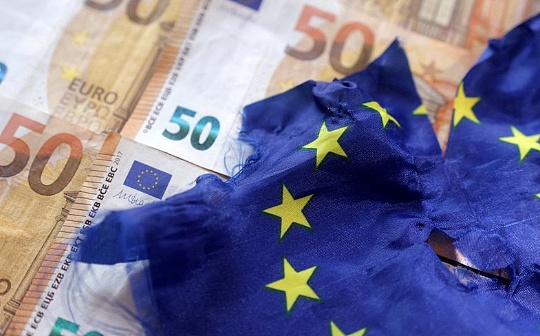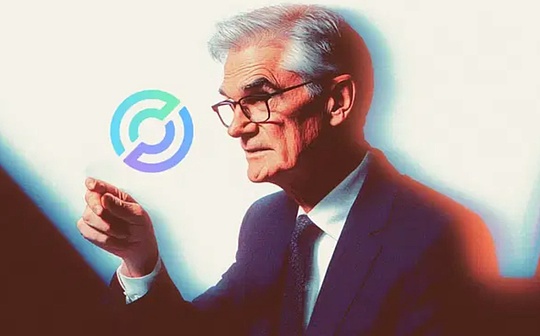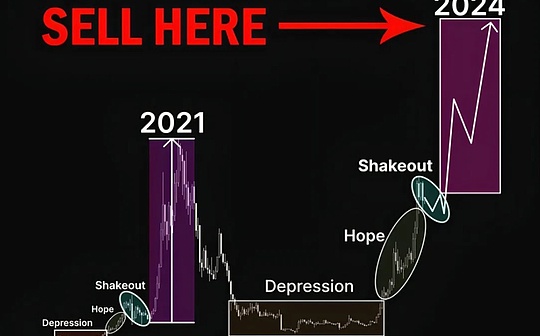
Author: macauley peterson, blockworks;
As of December 30, 2024, Mica officially took effect, marking the EU’s turn to a turning point in encrypted assets.
Although the euro occupies an important position in Tradfi-20-30%of global foreign exchange reserves, SWIFT transactions and trade flow-but it accounts for less than 0.5%of the global stable currency circulation.
Patrick Hansen, an industry expert and head of Circle EU policy, expects this situation to change.He emphasized the importance of Mica as “the world’s most comprehensive crypto asset supervision framework.”
“The EU has a unique opportunity to position itself as a global center for encrypted innovation,” “Hansen pointed out.
The reason why the euro is behind in stable currency
Hansen attributes the differences between the euro and the US dollar to the following factors:
1. The liquidity dominated by the dollar:“The network effect of the US dollar stable currency is unable to catch up with the euro stable currency. European users who interact with the global cryptocurrency market will choose the cheapest and most liquidity currency.”
2. Historical negative interest rate:“For a long time, in the euro zone, the negative interest rate has caused the business model of stable coins to be questioned.”
3. Regulatory uncertainty:Prior to Mica, the lack of special regulatory framework for the euro stable currency hindered the development of institutional participants.
Mica solves the third point by creating a clear framework for stable coins.Hansen pointed out,The effectiveness of the bill has aroused the interest of the institution, and major European banks and other participants are exploring or launching euro stable currency products.He emphasized that Circle launched EURC under the condition that meets Mica, which is completely managed by French regulation and pointed out that “we see that EURC’s supply has increased by 60-70%, which is due to the multiple blockchains.roll out.”
MICA requires the proportion of reserves held by stable currency issuers to the EU’s circulation tokens.Hansen explained that Circle uses the “dynamic re -balance” model to comply with regulations.
“If we see the number of USDCs held by the European Union, we will increase the European reserves accordingly,” he said.
Usage on the euro on the fusion chain
Hansen believes that there are two main driving factors of the euro stable currency: regulated encrypted capital markets and the actual application of stable coins.
“Only stable coins authorized by the European Union rules will eventually be used as transactions in the regulatory encryption market,”Hansen said.”I will not be surprised by the significant growth of this field.”
This change has prompted the cryptocurrency exchanges to remove USDT from EU customers’ transactions.
Hansen said cases such as cross -border payment and tokensized financial instruments are getting attention.”Euro zone enterprise suppliers will inevitably require risk management of assets for euro -denominated assets,” he said.
However, although Mica provides a solid foundation, Hansen warns that it is just “1.0” and must continue to develop to cope with the new challenges.He also warned that the EU’s travel rules (TFR) required additional user verification to certain transactions, which may cause friction -especially for self -custody wallets.
In the end, the success of MICA depends on whether it can balance between promoting innovation and protecting consumers and creating competitive local markets.
As Hansen said, “only time (and market) can prove whether Mica can achieve its goals.”






